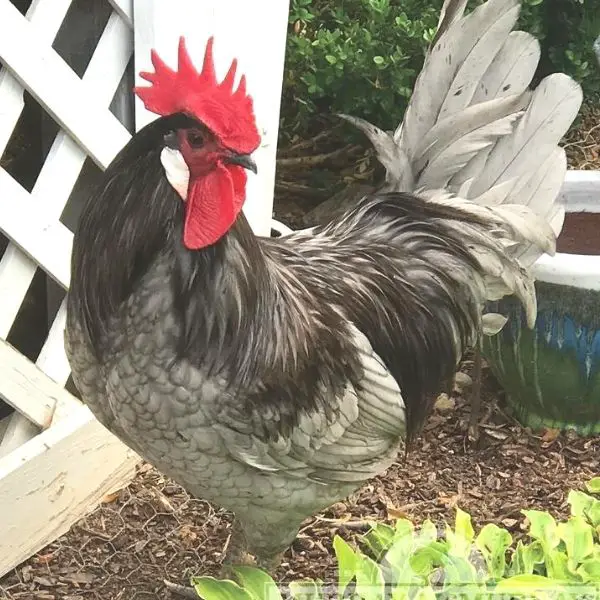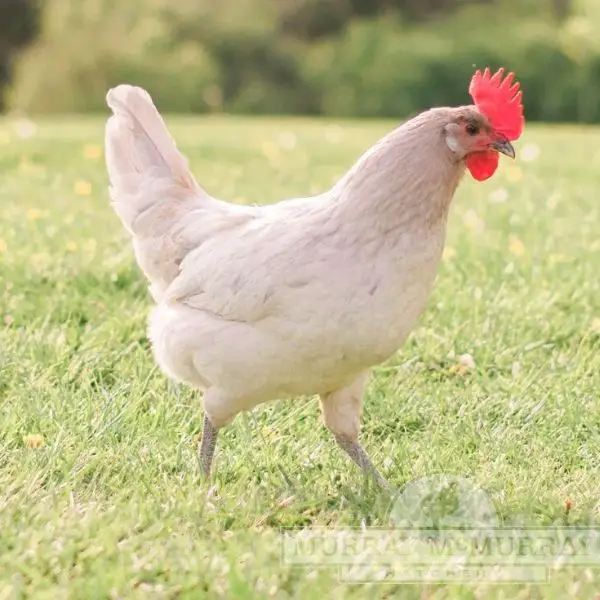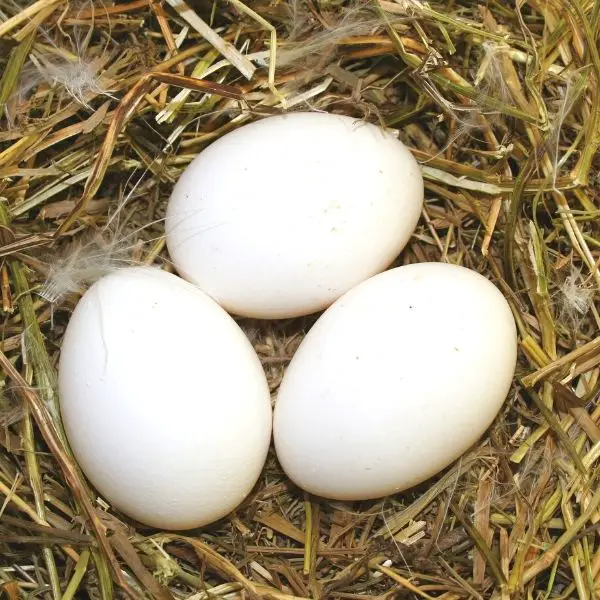The Andalusian Chicken breed is an excellent choice for those who can free-range their flock. Their smoky blue color, which comes in many shades and patterns, is their most noted feature. Learn what you want to know so you can decide if this breed is right for your happy, healthy flock.

This is a heritage breed of chicken that originated in Andalusia, southern Spain, that is known for its friendly disposition. They are hardy and adaptable and make a good choice for backyard flocks who have the space to free-range.
Many Heritage Breeds are endangered. Some are making a comeback as people become more interested in sustainable farming and food production due to the worldwide crisis we have experienced these last two years.
This has created a significant rise in demand for heritage breeds of livestock such as turkeys, pigs, cows, sheep, and goats. However, chickens are still one of the most popular animals raised on small farms.

The Andalusian Chicken Breed
History of The Breed
| Class | Mediterranean/Fancy |
| Type | Intermediate and Bantam |
| Size | Medium 5-7 pounds |
| Rarity | Rare |
| Purpose | Egg Laying |
| Recognized Varieties | Blue |

Their exact origins are unknown; however, they are thought to have made their way around the world from Spain.
The Andalusian, made its way to England in the mid-nineteenth century by Leonard Barber, making its debut at the Baker Street Exhibition in London in 1853.
The originals were lighter in color than what we have today. It was the English who undertook the task of making them brighter and gave them a better hue.
They arrived in the United States sometime between 1850 and 1855; no one knows with complete accuracy when they first arrived. American breeders worked to improve the breed’s overall appearance.
The Andalusian was initially rejected by the Poultry Club of Great Britain, but a few years later it was allowed. It is a rare, soft feather breed that is light in weight.
In 1874, the breed was accepted to the American Poultry Association, where it is known as a Mediterranean breed.
In the 1880s, the Bantam variety was created. Soon after, it was accepted to the American Bantam Association. The ABA classifies the Andalusian as a single comb, clean leg chicken.
The standard deviation (blue) is noteworthy, as it is the only recognized color. Because of genetics, the blue could not exist without the black, splash, and white members of the breed but they are not recognized. Pretty weird, huh?

Here’s how it works, as a general rule.
- Black bred to black – 100% black chicks
- Splash bred to splash = 100% splash chicks
- Black bred to splash = 100% blue chicks
- Black bred to blue = 50% black and 50% blue chicks
- Blue bred to splash = 50% blue and 50% splash chicks
- Blue bred to blue = 25% splash, 25% black, and 50% blue chicks
The Andalusian chicken breed is beautiful when they are the recognized Blue color, but the percentage of really pretty ones runs low in most flocks because of the color segregation. As you can see in the photos, the “Blue” comes in unpredictable shades and patterns.
The color variations are innumerable. This is why they are not widely bred by homesteaders or farmsteaders.

Egg Facts
| Egg Laying | Average (3-4 a week) |
| Egg Color | White |
| Egg Size | Medium-Large |
Andalusian Chickens lay medium to large white eggs, producing between 150-170 eggs a year.
They are a good choice for those looking for a quality egg-laying breed but they are not good setters.
They are known for laying in the winter if allowed to free range, have a healthy living environment, and are fed a proper diet.

Features of the Breed
| Comb Type | Single- Upright on Roosters Flop to on side on Hens |
| Crested | No |
| Feathered Legs | No |
| Number of Toes | Four |
The Andalusian is a lively chicken breed but easy to manage. They get along well with children and other pets but they’re not happy about being held.
They’re excellent foragers as well as good egg-layers for the family. The weight of a rooster ranges from 7 to 8 pounds, while that of a hen is 5 pounds on average.
The single comb is large flops to one side a little on the hens while the rooster’s comb is upright and has 5 defined points.
Their wattles and comb should be bright red and their earlobes are white ovals.
Legs are clean of feathers and slate blue in color with each foot having 4 toes.
The plumage should be slate blue with delicate black lacing, but in many birds, the blue can be various hues and the lacing may be lost. The color and lacing of a chicken’s ancestry will have an impact on the quality of the hue and lacing as you saw in the list above.

Characteristics
| Cold Hardiness | Can tolerate some cold Not in extremely cold climates |
| Heat Tolerance | Does well in the heat But requires access to shade in extreme climate |
| Bears Confinement | Does not do well in confinement |
| Especially Docile | Noisy, Lively |
| Setter/Broody | Not Likely |
| Personality | Friendly but does not like to be held or picked up |

Andalusians tend to be noisy so if you have neighbors you may want to check with them before purchasing this breed.
The hens are decent layers, but rarely go broody so enlarging your flock by setting your hens is not likely. You can let a broody breed hatch them for you or you can use an incubator.
They are a Mediterranean breed so they dislike severe cold over extended periods as a cold climate has. Most chicken keepers who have this breed say that throughout the winter months, the hens will lay well.
They can tolerate heat better than cold, but they require shade when it gets too hot or humid. They are hardier than almost all modern breeds of chicken.
They won’t do well in confinement, are excellent foragers, and are known to be adventurous. I mean they will fly over the fence if they get a chance.
If they are kept in confinement, they will pluck out their own feathers and the feathers of the flock members. They will become extremely noisy, nervous, and agitated if not allowed to free range.

Summary
The Andalusian Chicken is an excellent choice for people searching for an average egg-laying breed. They lay white, medium to large eggs and produce between 150 and 170 eggs each year.
The Andalusian is a fancy breed that comes in a variety of colors, is docile in nature, and requires little care as they are excellent foragers. They make wonderful show birds as well.
This may be the chicken for you if you appreciate a free-range hen that is independent. They don’t like to be cuddled, or even picked up.
To keep this bird happy, you’ll need a lot of room – they adore free-ranging and may happily fly up into the trees to avoid ground predators, or even try to roost in trees.
These birds make a lot of noise as well, so consider your neighbors should you decide to purchase this breed.


Join TFL Community on Social Media

Leave a Reply